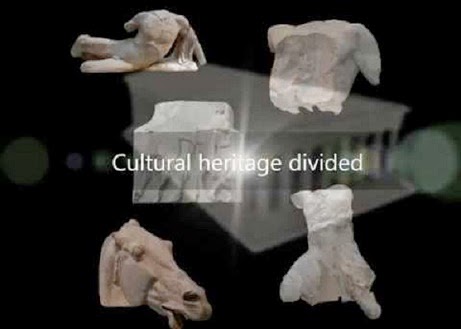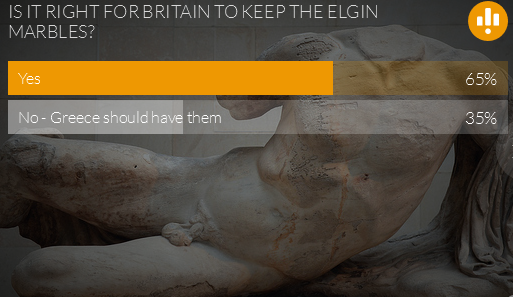Sew La Ti Embroidery:
More Stuff
More Stuff: Herculaneum closed to tourists, staff shortage blamed

Heritage: Fallen Egyptian archaeologist wants international Grand Museum

Heritage: Africa's ancient art to be saved, with your help

Heritage: We owe Greece a cultural debt, classicists say

Travel: Orpheus Mosaic on display at the Istanbul Archaeology Museum

Travel: Key Artifacts from ISIS-endangered Palmyra, Syria on view at the Freer and Sackler Galleries

Heritage: Social media and archaeology: A match not made in heaven

Travel: Archaeologist calls for first underwater museum in Egypt

More Stuff: Is Greece about to lose the Parthenon Sculptures forever?

More Stuff: Telegraph: Greece has no legal claim to the Elgin Marbles
